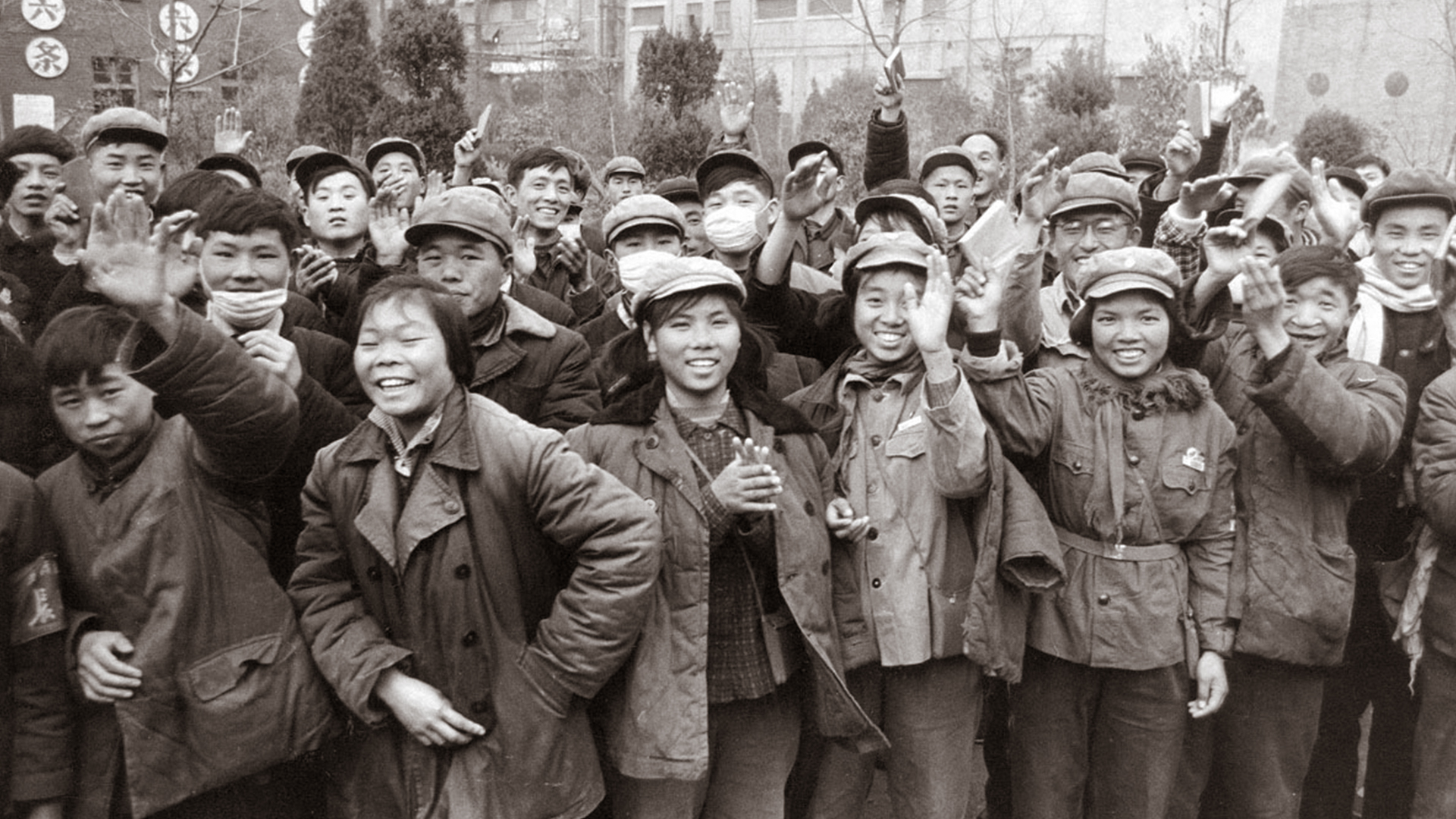
The Cultural Revolution
16.03.2022
The Cultural Revolution was launched in China in 1966 by Communist leader Mao Zedong in order to reassert his authority over the Chinese government. Believing that current Communist leaders were taking the party, and China itself, in the wrong direction, Mao called on the nation’s youth to purge the “impure” elements of Chinese society and revive the revolutionary spirit that had led to victory in the civil war 20 years earlier and the formation of the People’s Republic of China.
During the early 1960s, tensions with the Soviet Union convinced Mao that the Russian Revolution had gone astray, which in turn made him fear that China would follow the same path. Programs carried out by his colleagues to bring China out of the economic depression caused by the Great Leap Forward made Mao doubt their revolutionary commitment and also resent his own diminished role. He especially feared urban social stratification in a society as traditionally elitist as China. Mao thus ultimately adopted four goals for the Cultural Revolution: to replace his designated successors with leaders more faithful to his current thinking; to rectify the Chinese Communist Party; to provide China’s youths with a revolutionary experience; and to achieve some specific policy changes so as to make the educational, health care, and cultural systems less elitist. He initially pursued these goals through a massive mobilization of the country’s urban youths. They were organized into groups called the Red Guards, and Mao ordered the party and the army not to suppress the movement.
In 1969, Lin Shaoqi was officially designated Mao’s successor. He soon used the excuse of border clashes with Soviet troops to institute martial law. Disturbed by Lin’s premature power grab, Mao began to maneuver against him with the help of Zhou Enlai, China’s premier, splitting the ranks of power atop the Chinese government. In September 1971, Lin died in an airplane crash in Mongolia, apparently while attempting to escape to the Soviet Union. Members of his high military command were subsequently purged, and Zhou took over greater control of the government. Lin’s brutal end led many Chinese citizens to feel disillusioned over the course of Mao’s high-minded “révolution,” which seemed to have dissolved in favor of ordinary power struggles.
Between 1971 and the Cultural Revolution’s official end, in 1976, a semblance of normality returned to China. US president Richard Nixon even toured the country in February 1972 in a historic visit that re-established ties between Washington and Beijing.
The Cultural Revolution officially came to an end when Mao died on 9 September 1976 at the age of 82.
In a bid to move on – and avoid discrediting Mao too much – party leaders ordered that the Chairman’s widow, Jiang Qing, and a group of accomplices be publicly tried for masterminding the chaos. They were known as the “Gang of Four”.
Jiang contested the charges claiming she had merely been “Chairman Mao’s dog” but was sentenced to death in 1981, later reduced to life in prison. In 1991, on the eve of the 25th anniversary of the Cultural Revolution, she hung herself.
Historians believe somewhere between 500,000 and two million people lost their lives as a result of the Cultural Revolution.
Perhaps the worst affected region was the southern province of Guangxi where there were reports of mass killings and even cannibalism.
Appalling acts of barbarity also occurred in Inner Mongolia where authorities unleashed a vicious campaign of torture against supposed separatists.

